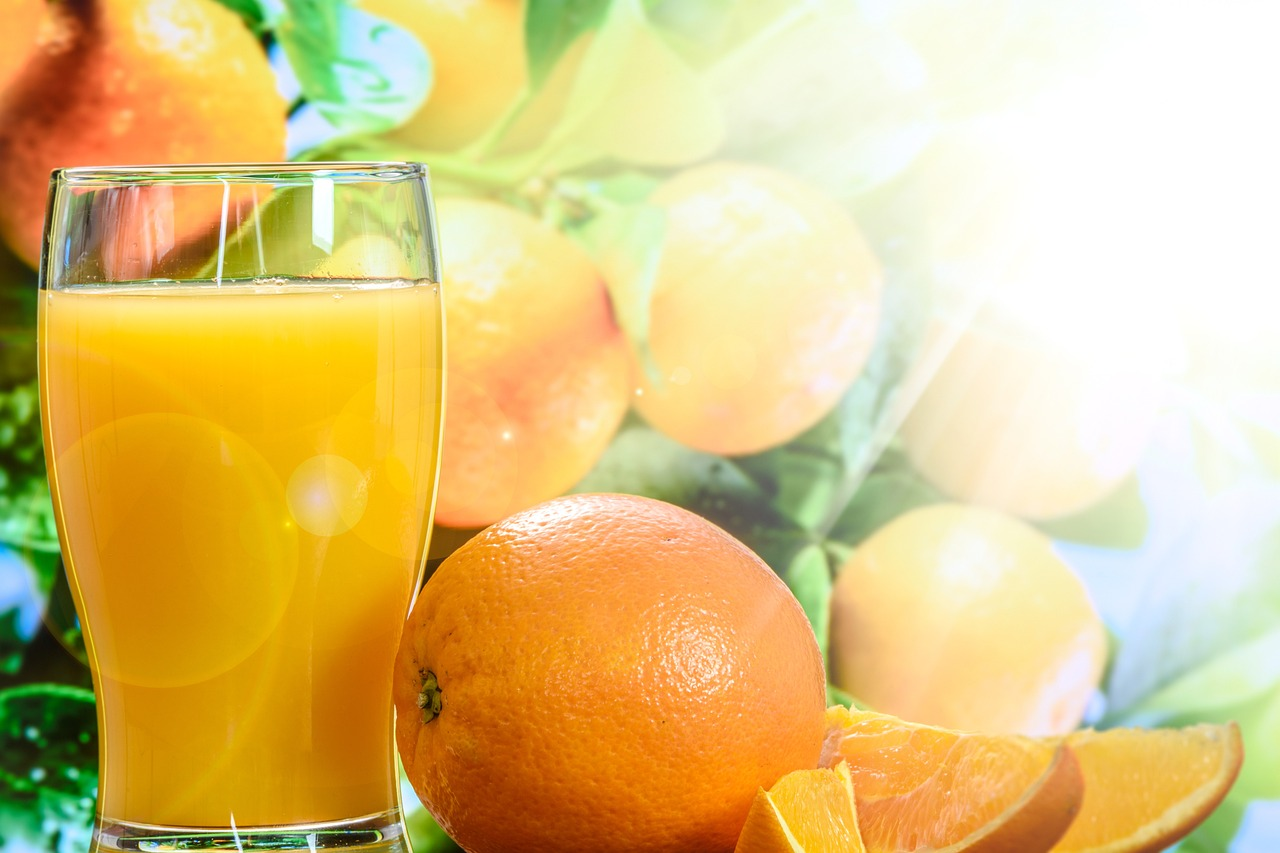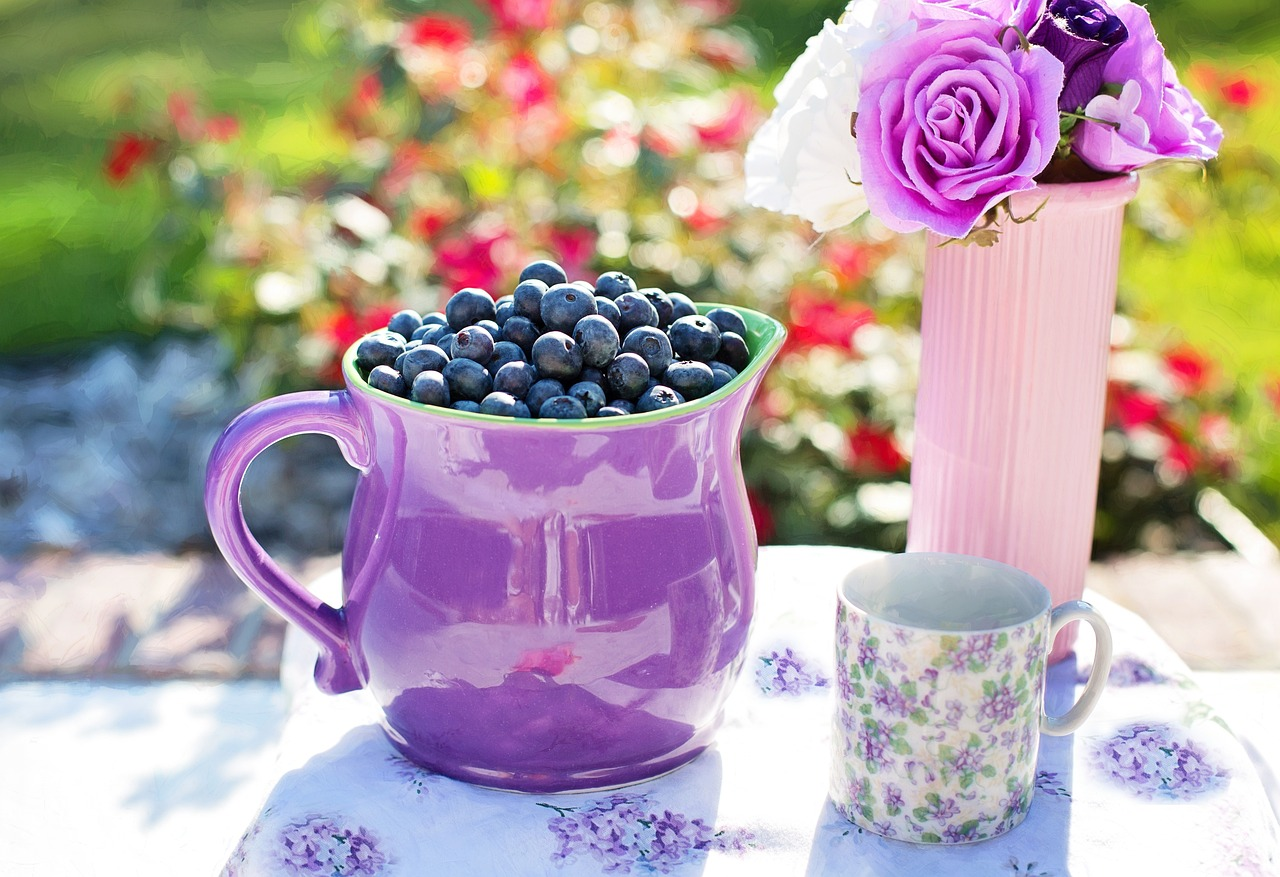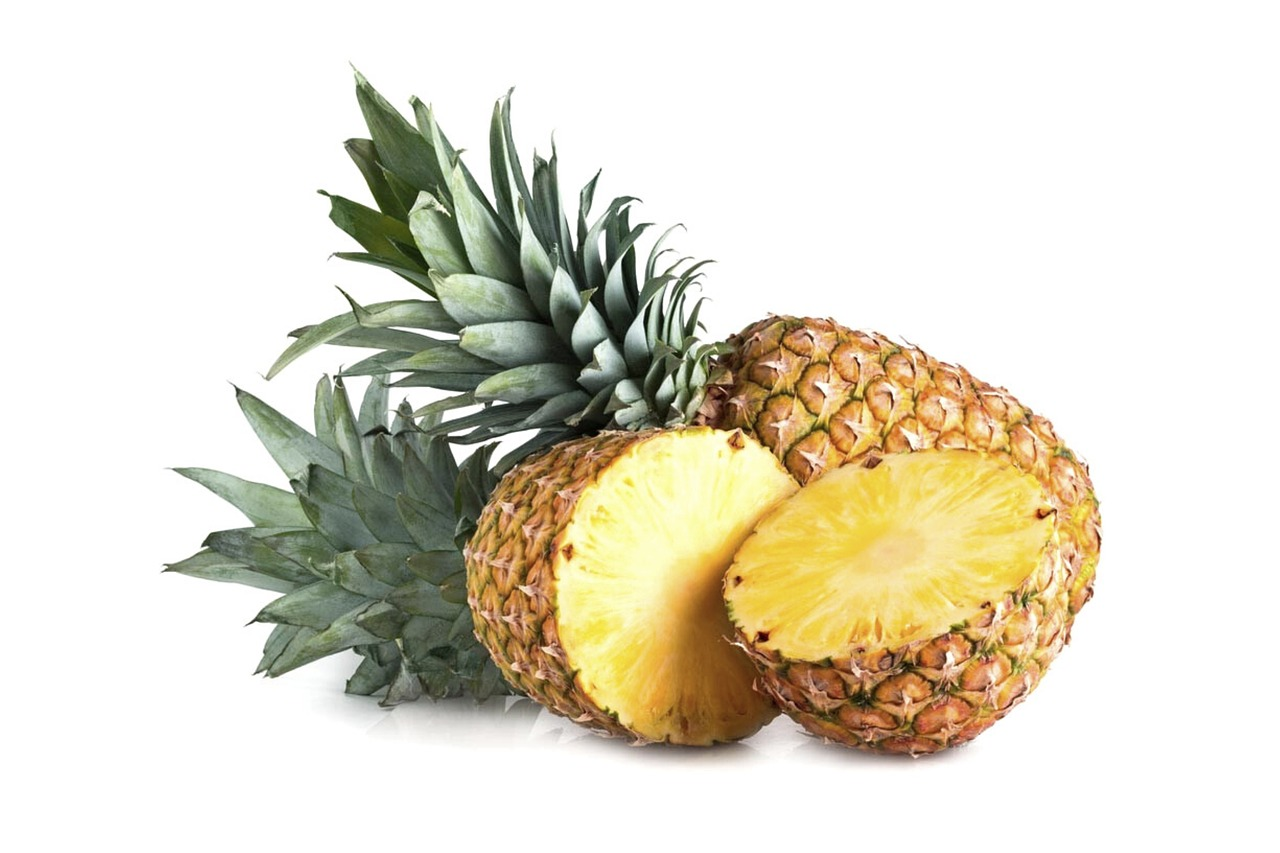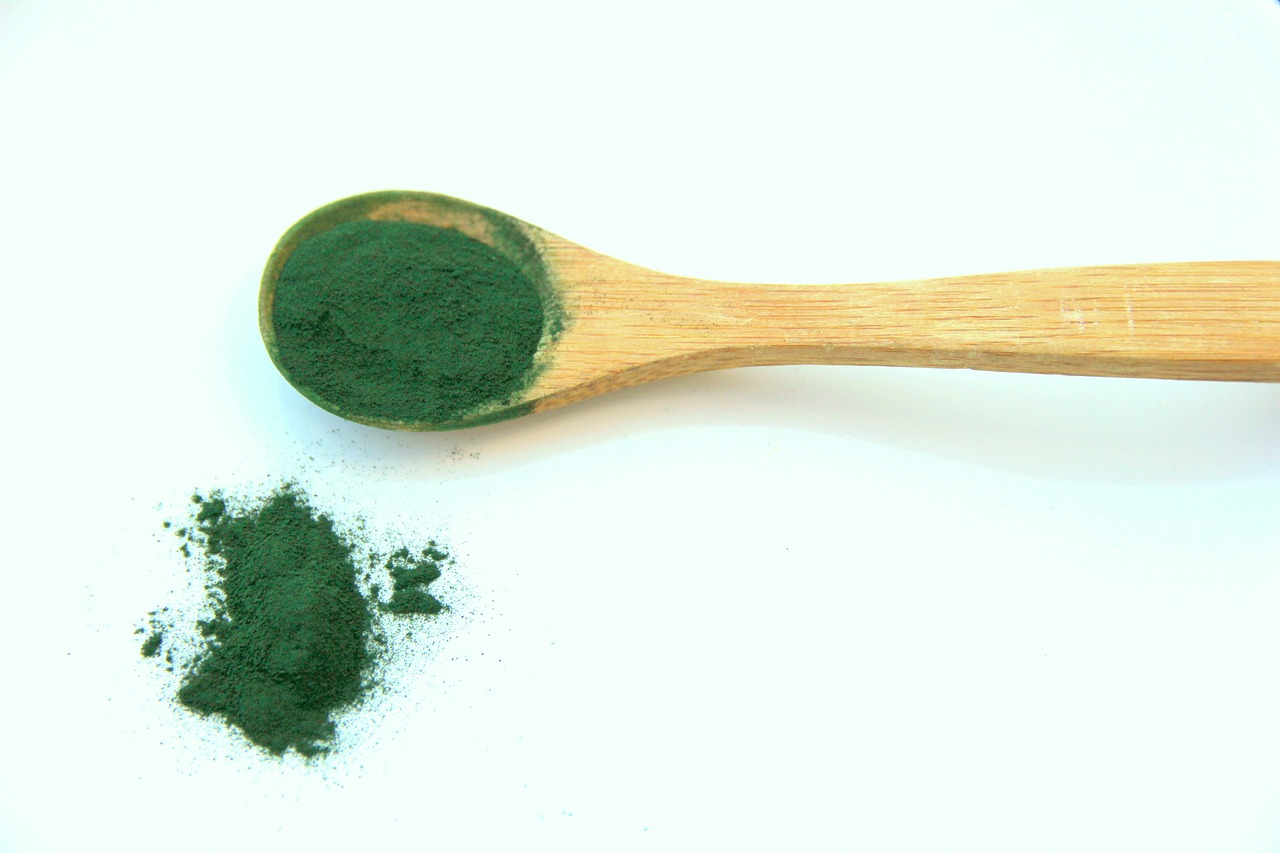The 6 Best Natural Antihistamines for Allergies in 2024
When it comes to allergy symptom relief, did you know that natural antihistamines can be as effective as their pharmaceutical counterparts without all those bothersome side effects?
If you’ve never heard of natural antihistamines, you’re in for a treat. In this SANE MD blog post, we will discuss how OTC and prescription antihistamines work and then delve into science-backed natural alternatives.
- New Report Says Your Brain Could Be the Key to Reducing Phlegm Over 50
- Doctor's "Leave The Throat Phlegm Behind" Tutorial Goes Viral With People Over 50
- Can You Relieve Throat Phlegm and Coughing In 60 Seconds A Day? This Doctor Says Yes
- How To Banish Phlegm When 50+ (Do This Every Day)
Key Takeaways
- Seasonal allergies, also called allergic rhinitis, cause various symptoms, including runny nose, sneezing, cough, sore throat, and nasal congestion.
- OTC and prescription antihistamine medications are widely available for seasonal allergies but have side effects. On the other hand, natural antihistamines can reduce allergy symptoms without distressing side effects.
- Several natural antihistamines have been proven to help reduce allergic rhinitis symptoms, including vitamin C, Quercetin, Stinging Nettle, Bromelain, Spirulina, throat cleaner, and Butterbur.
What are Antihistamines?
In simple terms, antihistamines are a drug typically used to treat allergy symptoms such as sneezing. But this definition, of course, doesn’t explain how antihistamine medications work. Before going into their mechanisms of action, we must explore what triggers allergic reactions.
Allergies are immune responses to typically harmless substances like pollen, dust, or animal dander. Upon exposure to an allergen, the immune system signals most cells in different body parts to release histamine. Histamines promote blood flow to the affected area, leading to inflammation that guards the surrounding cells from the allergen. Additionally, histamines prompt specific receptors to eliminate allergens from the body, causing symptoms like a runny nose, nasal congestion, sneezing, and itchy eyes.
Antihistamines work by blocking the effects of histamines in the body, reducing histamine production. They are commonly used to alleviate allergy symptoms like congestion, cough, runny nose, sneezing, and itchy, watery eyes that occur with allergic rhinitis, also known as seasonal allergies. Antihistamines can also seem like a lifesaver if you have perennial rhinitis, where allergy symptoms are present year-round.

Symptoms of Allergic Rhinitis
Antihistamines are often used to treat seasonal allergies, also called allergic rhinitis, with symptoms that can include:
- Runny nose
- Stuffy nose
- Cough
- Frequent sneezing
- Sore, scratchy throat
- Nasal congestion
- Itchy, watery eyes
- Postnasal drip
- Fatigue
- Headache
How do Natural Antihistamines Work?
Natural antihistamines function similarly to antihistamine medications by blocking histamine activity, and some additionally reduce inflammation and oxidative stress, factors known to contribute to allergic reactions.
Many foods contain natural antihistamines, and you can also take them in supplement form.
Top Rated Natural Antihistamines
Below are six substances or compounds that are natural antihistamines that have been shown to relieve allergy symptoms and boost the immune system.

1. Vitamin C
You might be aware that vitamin C is beneficial in reducing the length and intensity of colds. However, it also possesses anti-inflammatory and antioxidant properties. Studies indicate that inflammation and oxidative stress, caused by an imbalance of free radicals, are significant factors in allergies.
According to research, administering high doses of intravenous vitamin C effectively alleviated allergy symptoms. Additionally, evidence suggests that a deficiency in vitamin C could lead to allergy development (1).
You can get Vitamin C in a wide variety of foods, including:
- Citrus fruits like oranges or grapefruits and their juices
- Broccoli
- Raw green or red peppers
- Strawberries
- Tomatoes
- Grapefruits
- Kale
- Kiwi
You can also purchase vitamin C supplements, typically ascorbic acid, at stores and online outlets.
Because vitamin C is water soluble and not stored in the body but instead excreted through urine, severe side effects are rare, even at significantly high doses (2).
Mild side effects may include (2):
- Bloating
- Diarrhea
- Stomach cramps
- Nausea
- Headache
- Upset stomach
It’s important to note that excessive amounts of vitamin C can interfere with the absorption of certain vitamins and minerals (2). Therefore, it’s best to refrain from taking mega doses of this vitamin.

2. Quercetin
Quercetin is a flavonoid that occurs naturally and possesses anti-allergy and antihistamine properties. Studies have revealed that Quercetin helps to maintain a balanced immune system, reduces the release of histamine, and reduces inflammation in the body. Quercetin is commonly used to relieve the symptoms of hay fever.
Quercetin is widely available in a variety of herbs and foods, including:
- Asparagus
- Lettuce
- Onions
- Dill
- Chili peppers
- Cranberry
- Oregano
- Blueberry
- Fennel leaves
- Ginkgo biloba
- Green tea
- Cherries
Many people find that taking quercetin supplements is more effective than consuming quercetin-rich foods in relieving allergies. For maximum effectiveness, quercetin should be taken for six to eight weeks.

3. Stinging Nettle
Stinging nettle, or Urtica dioica, has been used in herbal medicine for centuries. The ancient Egyptians used it to alleviate arthritis and lower back pain, while Roman soldiers applied it to stay warm (3).
Even today, stinging nettle is a popular herb in natural medicine and has been found to have natural antihistamine properties. In a study conducted in 2000, 58% of participants experienced relief from their symptoms after using freeze-dried nettles, with 69 participants rating it better than a placebo (3).
Additionally, stinging nettle has shown promise as a natural remedy for hay fever, an allergic response that causes inflammation in the nose lining. Research has shown that extracts from the plant can inhibit inflammation that triggers seasonal allergies. This is due to its ability to block histamine receptors and prevent immune cells from releasing chemicals that cause allergy symptoms (3).
You can incorporate stinging nettle into your diet through various methods, such as cooking and consuming the plant’s young leaves or adding stinging nettle leaves to curries, pastries, breads, and soups.
Stinging nettle leaves can also be found online and at health food stores in tea or supplement form (capsules, tinctures, etc.) The study participants in question used 300 milligrams (mg) each day.

4. Bromelain
Did you know that bromelain, an enzyme found only in pineapples, has anti-inflammatory properties? It’s true!
In addition to fighting inflammation, bromelain is effective in reducing allergy-related respiratory irritation (4). This is because it breaks down proteins that cause inflammation and swelling, which helps to alleviate allergy symptoms such as nasal congestion and sinus pressure.
Although bromelain is available in supplement form, consuming fresh pineapple may also provide benefits. However, it’s important to note that fresh pineapples contain a high amount of naturally occurring histamines. Therefore, if you have issues with histamine, such as histamine intolerance, it’s best to avoid eating fresh pineapple.
5. Spirulina
Spirulina, a type of blue-green algae, is highly regarded as a superfood due to its rich nutritional content. Recently, it has gained attention for its natural antihistamine properties. Spirulina contains compounds such as phycocyanin and carotenoids, which possess anti-inflammatory properties and may help alleviate allergy symptoms.
Its effectiveness lies in hindering the release of histamine and other inflammatory chemicals that cause symptoms such as a runny nose, sneezing, and itching. Spirulina can be consumed in either supplement form or added to smoothies and other foods.

6. Butterbur
Butterbur, a marsh plant from the daisy family, can be found in various regions across Europe, Asia, and North America.
Studies (5) have indicated that it may reduce the frequency and severity of migraines and treat nasal allergies. Furthermore, research has shown that taking butterbur supplements may improve allergy symptoms in individuals (6).
Butterbur seems to be well-tolerated by most people, but some individuals may experience side effects, including:
- Diarrhea
- Fatigue
- Headache
- Problems breathing
- Itchy eyes
- Drowsiness
Butterbur can be consumed either in the form of oil extract or pills.
Alternative Treatments to Natural Antihistamines
Alternative remedies and practices may work if natural antihistamines do not reduce your allergy symptoms.
Alternative methods to treat and prevent allergy symptoms include:
Allergen Avoidance
Allergy avoidance is typically the first step in reducing allergic reactions, whether or not you use natural or pharmaceutical antihistamines.
Common allergens include:
- Grass pollen
- Dust mites
- Cat saliva
- Animal dander
- Mold
Immunotherapy
Immunotherapy may be a good option if you have severe allergies and your medication doesn’t help relieve symptoms.
During this treatment, a healthcare provider will give you a series of injections that contain small amounts of the allergen. The goal of this treatment, which can last several years, is to desensitize your body to the allergen.
Doctors may suggest sublingual immunotherapy for those with pollen allergies, which involves dissolving a tablet under the tongue.
Nasal Irrigation
Nasal irrigation involves flushing out mucus, allergens, and debris from your nasal passages and sinus cavity to help you breathe more freely.
Many people use a neti pot to perform this procedure.
However, saline nasal spray or nebulizers can also serve as nasal irrigation systems, as they help to moisten mucous membranes.
Epinephrine Use
Individuals with severe allergies should carry an emergency epinephrine shot, such as Auvi-Q or EpiPen, at all times. Administering this treatment at the onset of an allergic reaction can reduce symptoms and potentially save a life.
Other Alternative Treatments to Natural Antihistamines
Other alternative treatments for allergies include the following:
- Use an air purifier to remove allergens from the air.
- Replace your HVAC filter regularly.
- Vacuum the carpet regularly.
- Use essential oils like peppermint, eucalyptus, and chamomile.
- Exercise regularly.
Summary
Dealing with allergies can be difficult, especially when symptoms are severe. It is recommended to seek medical assistance and guidance to manage allergy symptoms.
Some natural substances may possess antihistamine properties, which can help break down the chemicals that cause allergy symptoms. However, more research is needed to determine the effectiveness of these natural remedies.
To achieve relief, limiting or avoiding exposure to allergens is advisable. You can also practice good self-care techniques and consider using natural antihistamines.
It is crucial to consult with a doctor before starting any new supplement or herbal remedy, as the United States Food and Drug Administration (FDA) does not regulate supplements, and natural remedies can interfere with certain medications.
Frequently Asked Questions
What are the most powerful natural antihistamines?
There are many powerful natural antihistamines, including:
- Vitamin C
- Quercetin
- Stinging Nettle
- Bromelain
- Spirulina
- Butterbur
What is a good herbal choice among natural antihistamines?
Stinging Nettle is a natural antihistamine with a centuries-old history of relieving allergies and reducing inflammation. This plant works by inhibiting immune signaling that triggers most cells to release histamine, which is responsible for causing allergic reactions. By doing so, stinging nettle can help alleviate various respiratory allergic symptoms and reduce allergic reactions.
What are natural antihistamines similar to Benadryl?
Several natural substances or compounds can have similar effects to Benadryl, including vitamin C, Stinging Nettle, bromelain, quercetin, spirulina, and butterbur. In addition, nasal irrigation, regular exercise, using an air purifier, regularly changing the filter in your heating and air conditioning system, and essential oil usage can help you manage your symptoms.
- New Report Says Your Brain Could Be the Key to Reducing Phlegm Over 50
- Doctor's "Leave The Throat Phlegm Behind" Tutorial Goes Viral With People Over 50
- Can You Relieve Throat Phlegm and Coughing In 60 Seconds A Day? This Doctor Says Yes
- How To Banish Phlegm When 50+ (Do This Every Day)
References
1- Vollbracht C, Raithel M, Krick B, Kraft K, Hagel AF. Intravenous vitamin C in treating allergies: an interim subgroup analysis of a long-term observational study. J Int Med Res. 2018;46(9):3640-3655. doi:10.1177/0300060518777044
2- https://ods.od.nih.gov/factsheets/VitaminC-HealthProfessional/
3- https://www.sciencedirect.com/science/article/abs/pii/S2210803312000978
4- https://www.ncbi.nlm.nih.gov/pmc/articles/PMC3870104/
5- https://www.ncbi.nlm.nih.gov/pmc/articles/PMC3335449/
6- https://www.nccih.nih.gov/health/butterbur
Dr. Matthew Olesiak, MD, is the Chief Medical Director at SANESolution, a renowned wellness technology company dedicated to providing evidence-based solutions for optimal living. Dr. Olesiak earned his medical degree from the prestigious Jagiellonian University Medical College in Kraków, Poland, where he developed a strong foundation in medicine.





